Filter by

European Citizenship after Brexit
This book is open access under a CC BY 4.0 license. This Open Access book investigates European citizenship after Brexit, in light of the functionalist theory of citizenship. No matter its shape, Brexit will impact significantly on what has been labelled as one of the major achievements of EU integration: Citizenship of the Union. For the first time an automatic and collective lapse of sta…
- Edition
- 1
- ISBN/ISSN
- 978-3-319-51774-2
- Collation
- -
- Series Title
- Palgrave Studies in European Union Politics
- Call Number
- VIII, 123
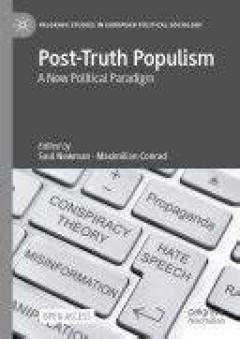
Post-Truth Populism
This open access book analyses the convergence between ‘post-truth’ political culture and the politics of populism. The premise is that there is an intrinsic link between post-truth discourse (referring to mis/disinformation, ‘alternative facts’, ‘fake news’, conspiracy theories and the general distrust of expert knowledge and official sources of information) and the central narrati…
- Edition
- 1
- ISBN/ISSN
- 978-3-031-64178-7
- Collation
- -
- Series Title
- Palgrave Studies in European Political Sociology
- Call Number
- XII, 348
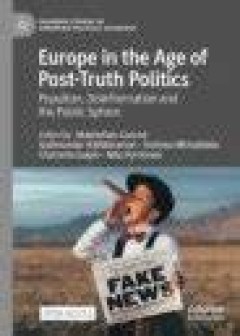
Europe in the Age of Post-Truth Politics
This open access book is the product of three years of academic research that has been carried out in the EU-funded Jean Monnet Network on “Post-Truth Politics, Nationalism and the Delegitimation of European Integration” since 2019. Drawing on the multidisciplinary expertise of the network’s members, the book explores the impact of the phenomenon of post-truth politics on European integra…
- Edition
- 1
- ISBN/ISSN
- 978-3-031-13694-8
- Collation
- -
- Series Title
- Palgrave Studies in European Political Sociology
- Call Number
- XVII, 259
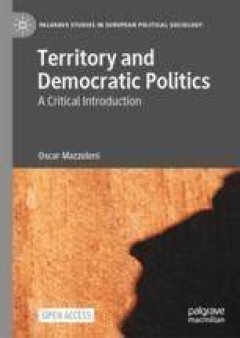
Territory and Democratic Politics
The book provides a comprehensive and updated introduction to concept of territory in the study of democratic politics. Territory plays a rather marginal role in the traditional conceptions of democracy that in many ways still prevail today. Democratic politics is often analysed from the point of view of its institutions, citizens and voters, while little is said about the territory through whi…
- Edition
- 1
- ISBN/ISSN
- 978-3-031-35672-8
- Collation
- -
- Series Title
- Palgrave Studies in European Political Sociology
- Call Number
- XI, 138
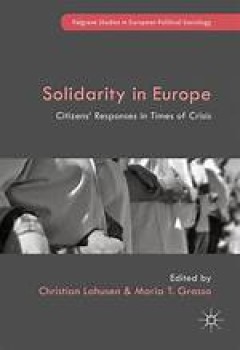
Solidarity in Europe
This open access volume provides evidence-based knowledge on European solidarity and citizen responses in times of crisis. Does the crisis of European integration translate into a crisis of European solidarity, and if yes, what are the manifestations at the level of individual citizens? How strongly is solidarity rooted at the individual level, both in terms of attitudes and practices? And whic…
- Edition
- 1
- ISBN/ISSN
- 978-3-319-73335-7
- Collation
- -
- Series Title
- Palgrave Studies in European Political Sociology
- Call Number
- XX, 287
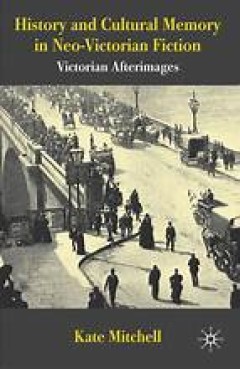
History and Cultural Memory in Neo-Victorian Fiction
A PDF version of this book is available for free in open access via the OAPEN Library platform, www.oapen.org. Arguing that neo-Victorian fiction enacts and celebrates cultural memory, this book uses memory discourse to position these novels as dynamic participants in the contemporary historical imaginary.
- Edition
- 1
- ISBN/ISSN
- IX, 222
- Collation
- -
- Series Title
- -
- Call Number
- IX, 222

East Central Europe Between the Colonial and the Postcolonial in the Twentiet…
This open access book explores the ambiguity of East Central Europe during the twentieth century, examining local contexts through a comparative and transnational reworking of theoretical models in postcolonial studies. Since the early modern period, East Central Europe has arguably been an object of imperialism. However, at the same time East Central European states have been seen to be coloni…
- Edition
- 1
- ISBN/ISSN
- 978-3-031-17487-2
- Collation
- -
- Series Title
- Cambridge Imperial and Post-Colonial Studies
- Call Number
- XII, 265

European Parliament’s Political Groups in Turbulent Times
This open access book provides the first ever authoritative collection of scholarly insights, based upon original research, into the political groups of the EP tackling the fundamental changes since the Lisbon Treaty and the upsurge of radical right parties. It analyses political groups and their importance from multiple perspectives critically assessing their role and significance in EU polit…
- Edition
- -
- ISBN/ISSN
- 978-3-030-94012-6
- Collation
- -
- Series Title
- -
- Call Number
- -

European Parliament’s Political Groups in Turbulent Times
This open access book provides the first ever authoritative collection of scholarly insights, based upon original research, into the political groups of the EP tackling the fundamental changes since the Lisbon Treaty and the upsurge of radical right parties. It analyses political groups and their importance from multiple perspectives critically assessing their role and significance in EU polit…
- Edition
- 1
- ISBN/ISSN
- 978-3-030-94012-6
- Collation
- -
- Series Title
- Palgrave Studies in European Union Politics
- Call Number
- XXI, 290

Krisenmanagement am Beispiel der Flüchtlingslage 2015/2016
In diesem Open-Access-Buch werden Erfahrungen zur Zusammenarbeit und zum Wissensmanagement verschiedenster staatlicher, gemeinnütziger und privater Akteure in der Flüchtlingslage 2015/16 aufbereitet, mit praxisnahen Beispielen angereichert und um Übungen zur Vorbereitung auf zukünftige Lagen ergänzt. Die damalige Lage stellte die Beteiligten vor große Herausforderungen, sowohl im Hinblick…
- Edition
- 1
- ISBN/ISSN
- 978-3-658-37141-8
- Collation
- -
- Series Title
- Sicherheit – interdisziplinäre Perspektiven
- Call Number
- XIX, 193
 Computer Science, Information & General Works
Computer Science, Information & General Works  Philosophy & Psychology
Philosophy & Psychology  Religion
Religion  Social Sciences
Social Sciences  Language
Language  Pure Science
Pure Science  Applied Sciences
Applied Sciences  Art & Recreation
Art & Recreation  Literature
Literature  History & Geography
History & Geography